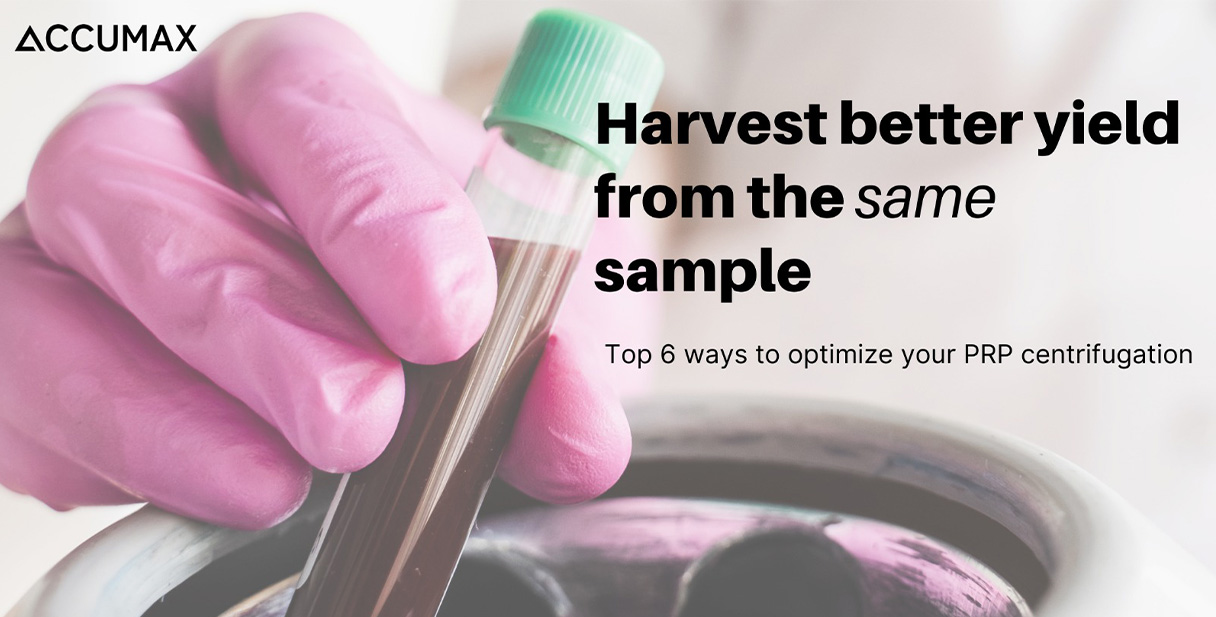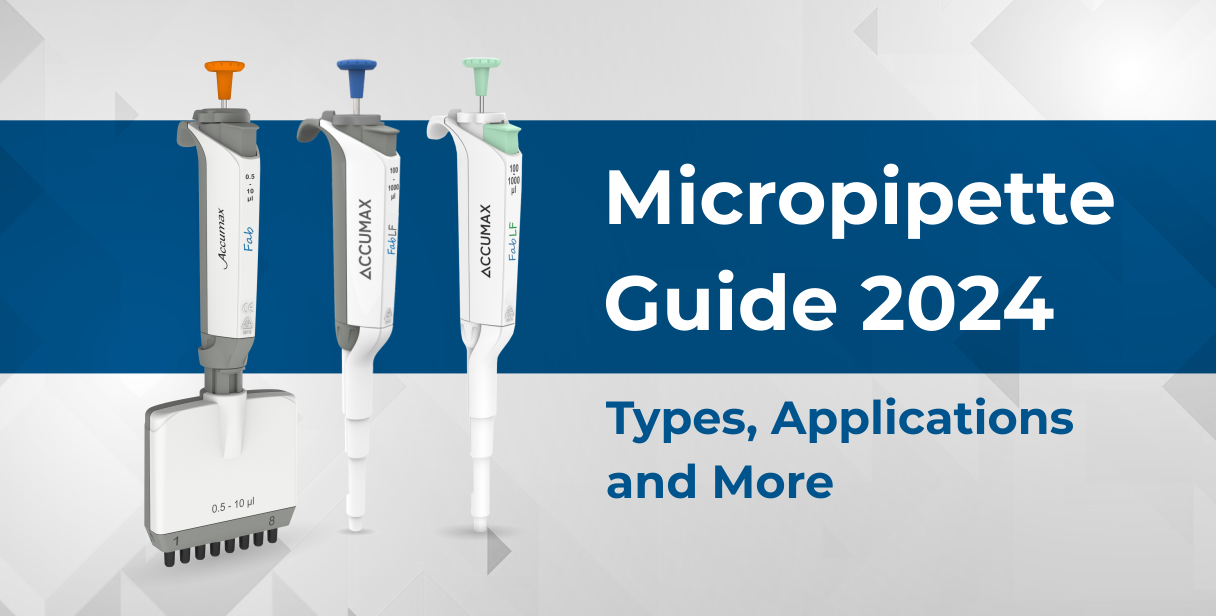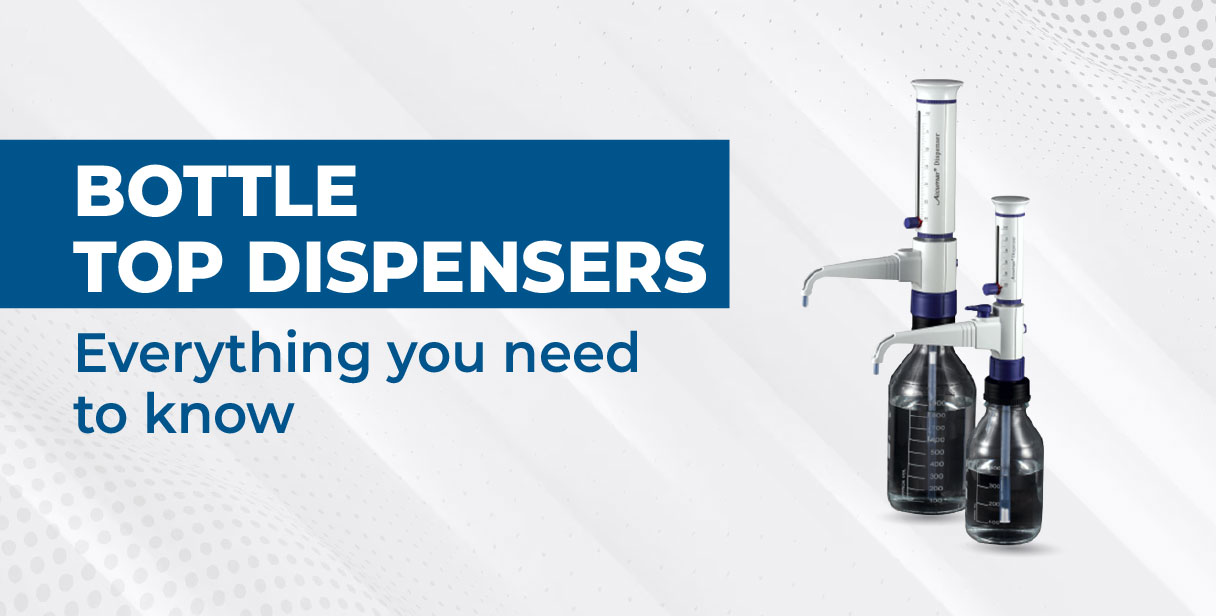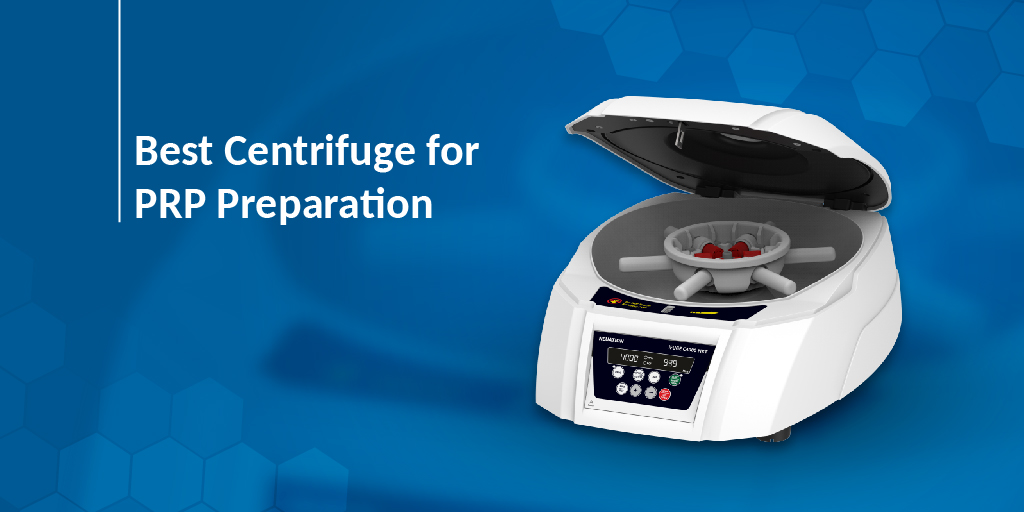There would hardly be another method as safe as using one’s own blood and growth factors to heal or regenerate cells in our body. This is why PRP is now becoming a widely used technique for various dental, cosmetic and orthopedic applications.
However, platelet-rich-plasma is not as abundant as whole blood. It has to be extracted and concentrated to be used; and centrifugation is the best way for such preparations, especially in comparison to filtration and other traditional methods.
The challenge here is to extract high-quality and maximum PRP from limited samples. The first recommendation is to use a powerful centrifuge like iFuge C4000 NXT because even with the best protocols in place, you will not get good results if your centrifuge fails you.
Do a quick check of all the basics-
- The centrifuge model should be ideal for your application.
- It should be able to maintain low temperatures throughout the centrifugation process.
With that in place, here are top 6 ways you can get maximum yield from your PRP centrifuge
1. Keep Balancing Weights
Organize your PRP tubes into pairs and position them across each other. Ensure that tubes on opposite sides of the rotor have equal weight, especially when using water as balance tubes; aim to match the mass of the liquid that are opposite each other, even if the volumes differ.
Another way to do this is by distributing the tubes evenly and symmetrically across the rotor.
2. Identify which RPM/RCF gives the best yield
Every centrifuge has different modes, settings and power. It is good to understand the machine you will be working on. Consider getting in touch with the supplier and talk directly in terms of your application and more specifically, in regards to the tube you are using.
Run a few tests varying the RPM and RCF and keep track of the results you are getting.
3. Optimize Deceleration Time
A slower deceleration rate can prevent disturbance to the separated blood components, leading to better PRP yield. However, excessively long deceleration times may prolong the process unnecessarily.
Find a balance by optimizing deceleration time based on your centrifuge’s capabilities and the specific protocol being followed.
4. Use Tubes with Good Non-Expired Additives
Apart from choosing high-quality, durable tubes that can tolerate high G forces, choose tubes with additives optimized for PRP preparation and ensure they are not expired. Anticoagulants and additives prevent clotting and maintaining platelet viability during centrifugation.
Please know that using additives is not necessary for all PRP procedures and in the case of PRF extraction, such additives are not recommended since preserving the clotting factors is required to promote wound healing.
5. Have a stable vibration free surface
Prevent any external factors from interfering with the separation process. Vibrations can disrupt the sedimentation of blood components, leading to reduced PRP yield and quality. The surface you place it on should support its weight and absorb the vibrations. You can also explore anti-vibration pads if you want to be double sure.
Place the machine in isolation where there are less people walking by and no other routine tasks are being performed near it.
6. Swing-Out rotors generally provide better PRP yield
The horizontal swing provided by swing-out rotors acts more uniformly on the sample, leading to improved sedimentation and enhanced recovery of platelets.
It gives you more control and flexibility in terms of the angle at which you want to centrifuge. Allowing you to optimize based on sample volume, desired separation efficiency, and specific protocols for PRP preparation.
Keep in mind that swing-out centrifugation is not universal and some protocols or types of tubes might specifically require fixed angle centrifugation.
A lot depends on the PRP Centrifuge you are using
Noticeably, much of what we just mentioned is dependent on the capability of the centrifuge and that is something you should take seriously.
For example- controlled acceleration and deceleration, stability of the machine while it runs, range of RPM/RCF and the ability to maintain low temperatures. In the end, it comes down to using the right centrifuge in the right way.
On www.prp-centrifuge.com , you will get enough options for you to select based on your application and the tubes you are using. There are also customization options you can avail to ensure you get tailor-made solutions at very competitive prices.
Bonus Tip
Sometimes, we might overlook the importance of basic upkeep of our lab equipment. But scheduling this as part of your workflow, will keep you out of many problems.
Routine decontamination, lubrication, thorough inspection etc is really helpful in maintaining the performance of the centrifuge and you will identify issues at an early stage if any.



